How to grow a juicy Iceberg salad in your country house?
Small heads of cabbage with very tender, crispy leaves, containing a lot of vitamins - meet this Iceberg salad. Growing this culture in the country, similar in appearance to ordinary cabbage, has many advantages.
The origin of the vegetable and its name
This salad was grown in America, California. Local breeders have managed to combine the delicate taste of early salad greens with the classic form of cabbage head. Thanks to their efforts, the world saw this amazing vegetable - juicy, with a delicate taste, but with a rather impressive mass.
Iceberg lettuce was appreciated by consumers and very quickly began to be grown in many countries. Lumps of ice were used to transport it from the farm to retail outlets, covering the heads of lettuce. It was this unusual picture that gave rise to the name of the vegetable Ice Mountain, Ice or Iceberg.
Iceberg salad: how is it useful
This vegetable is not only delicious, but also extremely healthy. It is rich in the following essential ingredients:
- ascorbic acid, which strengthens the immune system and plays an important role in maintaining the elasticity of blood vessels;
- vitamin K, which takes part in the blood clotting process;
- vitamin A, known for its effects on the visual organs, as well as the skin and hair;
- potassium, which helps the heart;
- fiber, capable of removing toxins and toxins from the body, and also useful for the proper functioning of the digestive tract system;
- folic acid, which is involved in blood formation, increases hemoglobin, strengthens the nervous system;
- lactucin, which gives the vegetable a piquant bitterness, helps to lower blood pressure, strengthen the vascular system, and improve sleep.
Ice salad is very healthy. It can be used by both elderly people and children over two years old.
Methods of sowing seeds in the garden
This salad is quite possible to get at your dacha. To grow beautiful heads of cabbage with elastic, succulent leaves, you should follow the simple rules of soil preparation, sowing and maintenance.
The area where the vegetable is supposed to be grown must be well lit and not be swampy. The soil should be neutral or alkaline.
Attention!
With increased acidity, the soil must be alkalized. To do this, you can use dolomite flour, limestone, slaked lime, chalk, peat, ash, or any other available component.
Ice salad is grown by seedlings or by sowing seeds on an open bed. Sowing is done in spring or autumn, and the seedling method is used only for spring planting of culture.
Winter sowing of seeds
To get an early harvest of lettuce in the country, they often resort to the winter method.
The area where the vegetable is planned to be grown should be dug up and organic or mineral fertilizers applied to the soil. It is important that their composition is rich in nitrogen, phosphorus, potassium. It is better to use complex fertilizers that also contain various microelements.
Important!
When feeding the soil, the recommendations of the fertilizer manufacturer should be followed.
For better warming up, the bed should be laid in a slightly elevated place or raised on its own. Sowing seeds is recommended a little thicker than usual, as it may turn out that not all of them will sprout. It is better to cover crops for the winter with peat or leaves of fruit trees, which can always be found in a country cottage.
In the spring, when the crops will sprout, you need to loosen the soil, remove weeds and thin out the shoots. Thinning is best done in two steps: when the first three true leaves appear - preliminary, and after two or three weeks - final.
Spring sowing
For spring sowing, you need to prepare the soil in advance, following the same recommendations as for winter sowing.
You need to lay the seeds in the ground as soon as the snow melts. The seeding depth should not be more than 1 cm. To obtain earlier seedlings, the crops can be covered with foil. With the emergence of shoots, it can not be removed until the air temperature reaches 15-17 0C, but regularly ventilate.
Seedling method of growing iceberg lettuce
This method is more time consuming, but also much more effective.
You need to sow seeds in peat tablets at the rate of 2-3 seeds per tablet. The container with crops should be removed to a cool room with a temperature not exceeding 17 0C. After 2-3 days, the temperature should be increased to about 25 0C. The entire period of germination and growing of seedlings must be monitored to keep the soil moist.
After about 2 weeks, the first 4-5 true leaves will appear on the shoots, and at this time they can already be planted in open ground.
Advice
Seedlings need to be hardened before planting in the garden so that it can more easily endure outdoor temperature conditions. Planting in open ground is carried out after the disappearance of the threat of strong return frosts.
You need to plant seedlings in pre-prepared soil: loose and well fed with complex fertilizers. Since the lettuce does not tolerate transplanting very well, the seedling tablet must be transferred into the ground very carefully, trying not to damage the earthen ball with roots.
Seedlings are planted in prepared holes at a distance of 30-40 cm. Then everything is watered, and the root area is carefully sprinkled with a thin layer of dry soil. At night, planting with seedlings should be covered with foil.
Care and harvest
Caring for the planting of Iceberg lettuce consists in performing the following types of work:
- loosening the soil;
- weed removal;
- regular but moderate watering;
- timely fertilization.
As for fertilizing the soil, you should use, first of all, complex preparations. To give the lettuce leaves a spectacular crunch, you need to watch that the fertilizers contain nitrogen, phosphorus, potassium, calcium, magnesium.
After 45-80 days after planting the seedlings, you can already partially harvest the salad. Growing a vegetable or individual heads of cabbage can be continued until more mass is obtained. The most optimal cutting period is to achieve a head size of 5-10 cm in diameter.
In order for the salad to be juicy and retain this property for a long time, cutting should be done only in the early morning, when dew drops are still visible on its leaves.
Attention!
The roots from the cut heads can be left in the ground and continued to be watered. After a while, they will give another small harvest of lettuce.
To keep cut heads of cabbage fresh and juicy longer, they need to be kept in the refrigerator at a temperature of 3-5 0C. With this storage method, Iceberg salad will not lose its qualities within 7-10 days. To extend the shelf life, the vegetable should be wrapped in a damp cloth or placed in a closed vegetable container.
A set of rules for growing iceberg lettuce
So, in order for juicy lettuce leaves to please with their crunch and delicate taste, you should adhere to simple rules for growing this healthy vegetable.
- The first very important rule is the choice of the site, the preparation of the soil with the introduction of the necessary fertilizers for the plant. The lettuce growing area should be exposed to sunlight. Soil samples should be neutral or alkaline. Soil preparation consists in digging with the introduction of the necessary organic and mineral fertilizers.
- An equally important condition is the correct sowing of seeds in open ground or the cultivation of seedlings in peat tablets.You can sow lettuce seeds in autumn or spring in pre-prepared soil. When growing seedlings, you need to monitor the moisture content of the soil, and when planting it, try not to disturb the earthen ball with the root system.
- Crop care consists in loosening the soil, removing weeds, regular watering and feeding with fertilizers.
By adhering to these simple rules, you can count on a bountiful harvest of Iceberg lettuce.
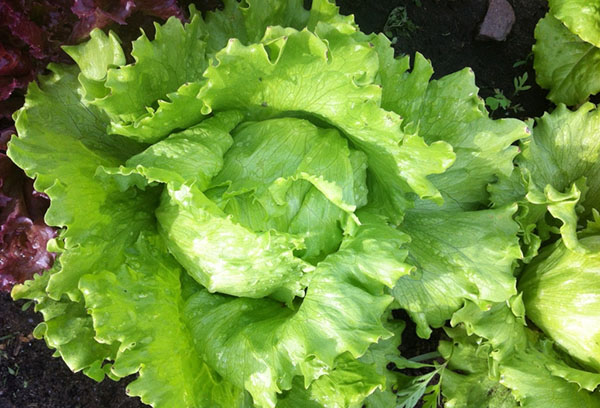
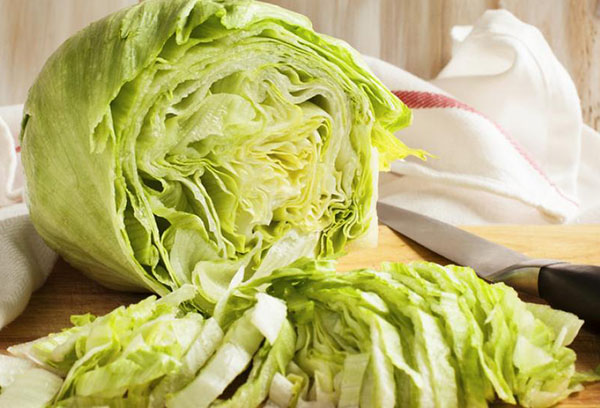
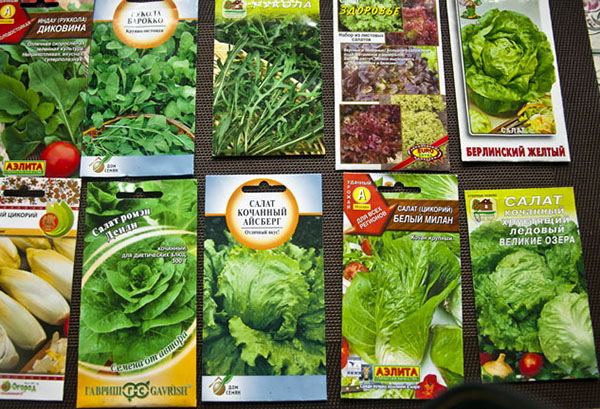
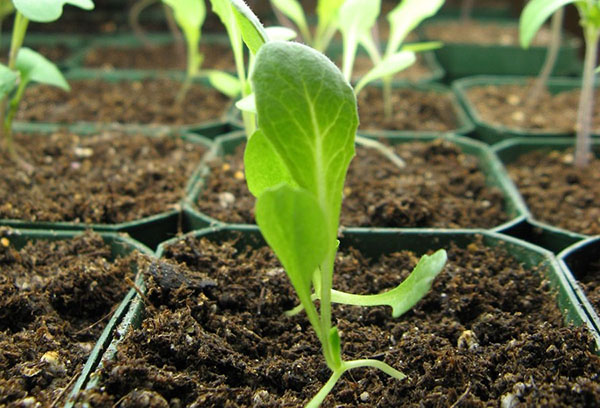
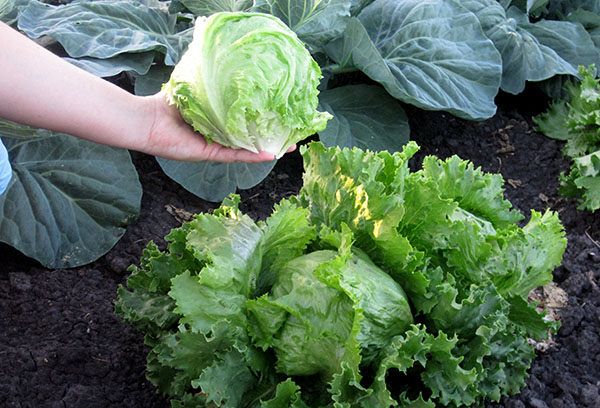
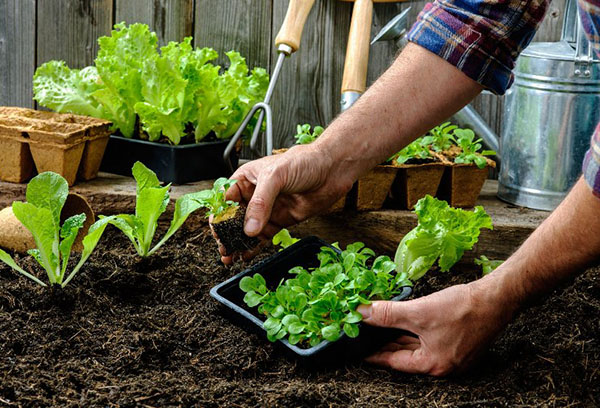
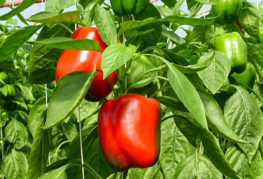
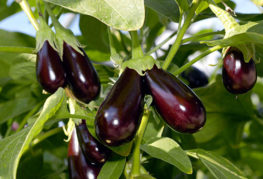
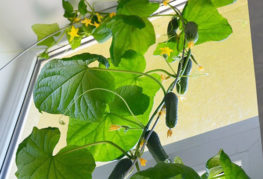
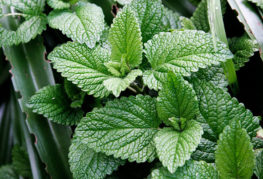
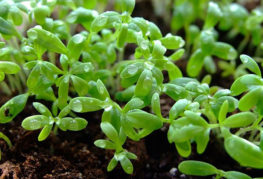
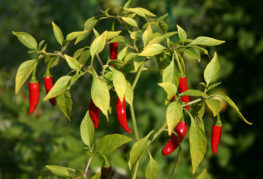
and will be published shortly.